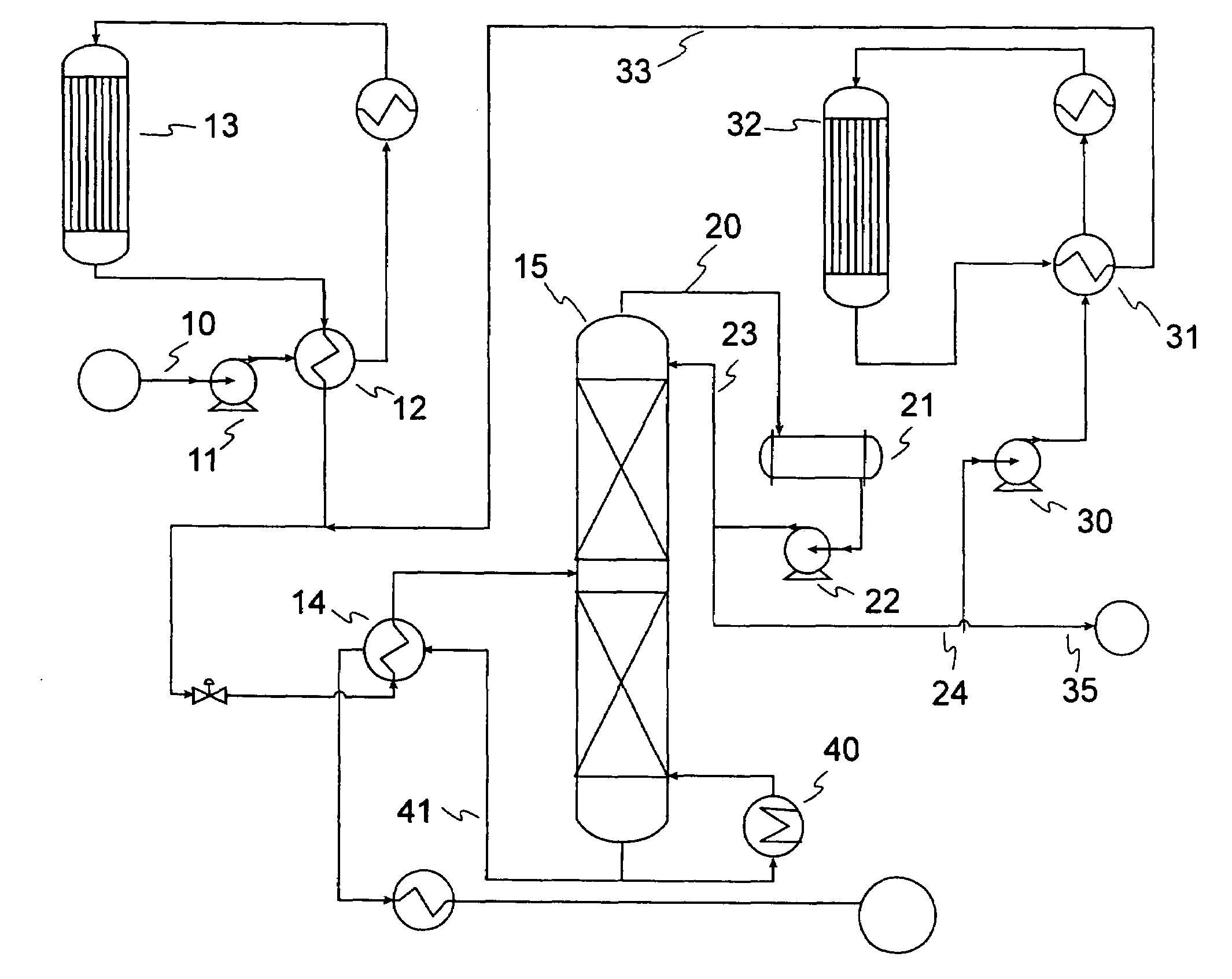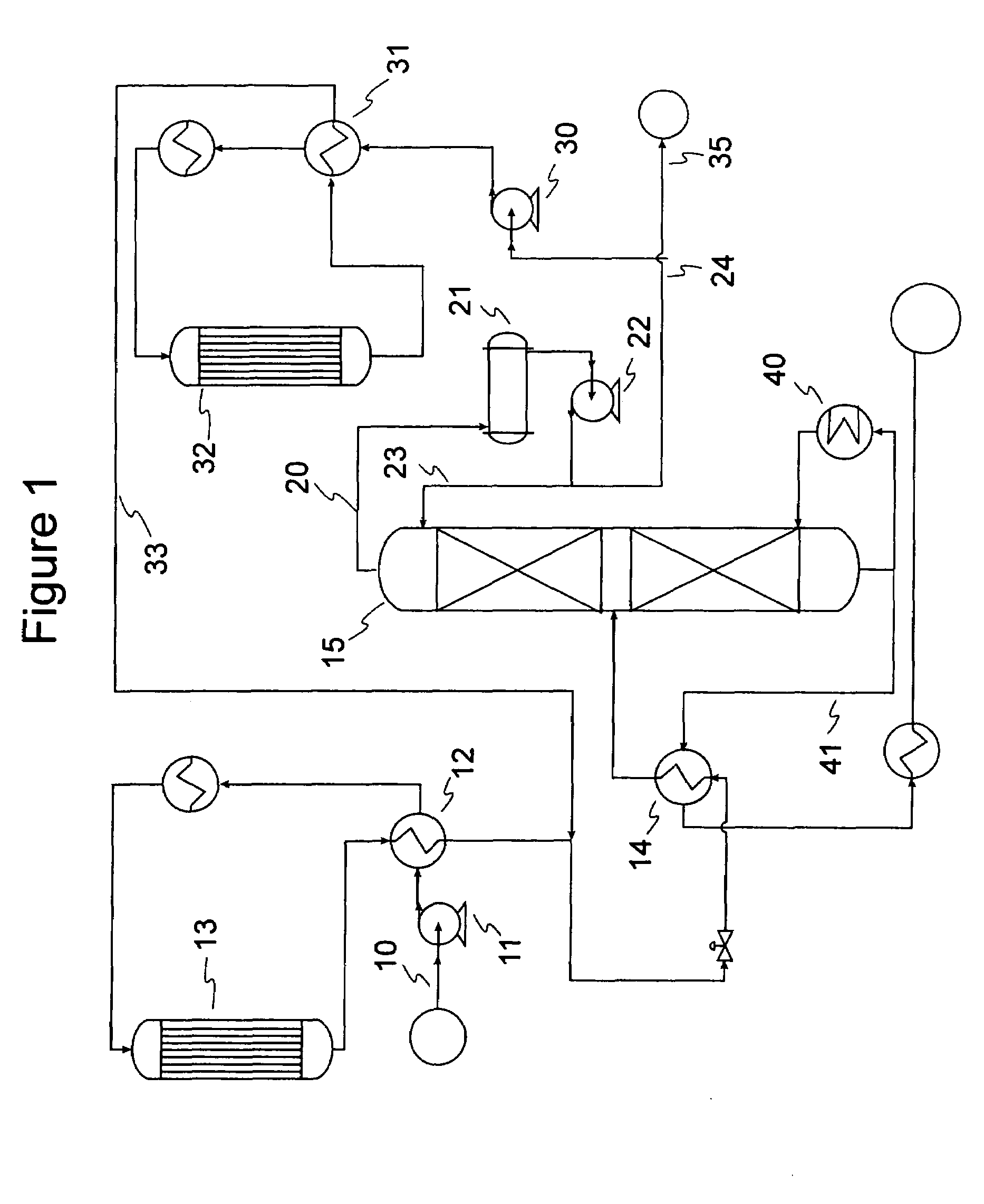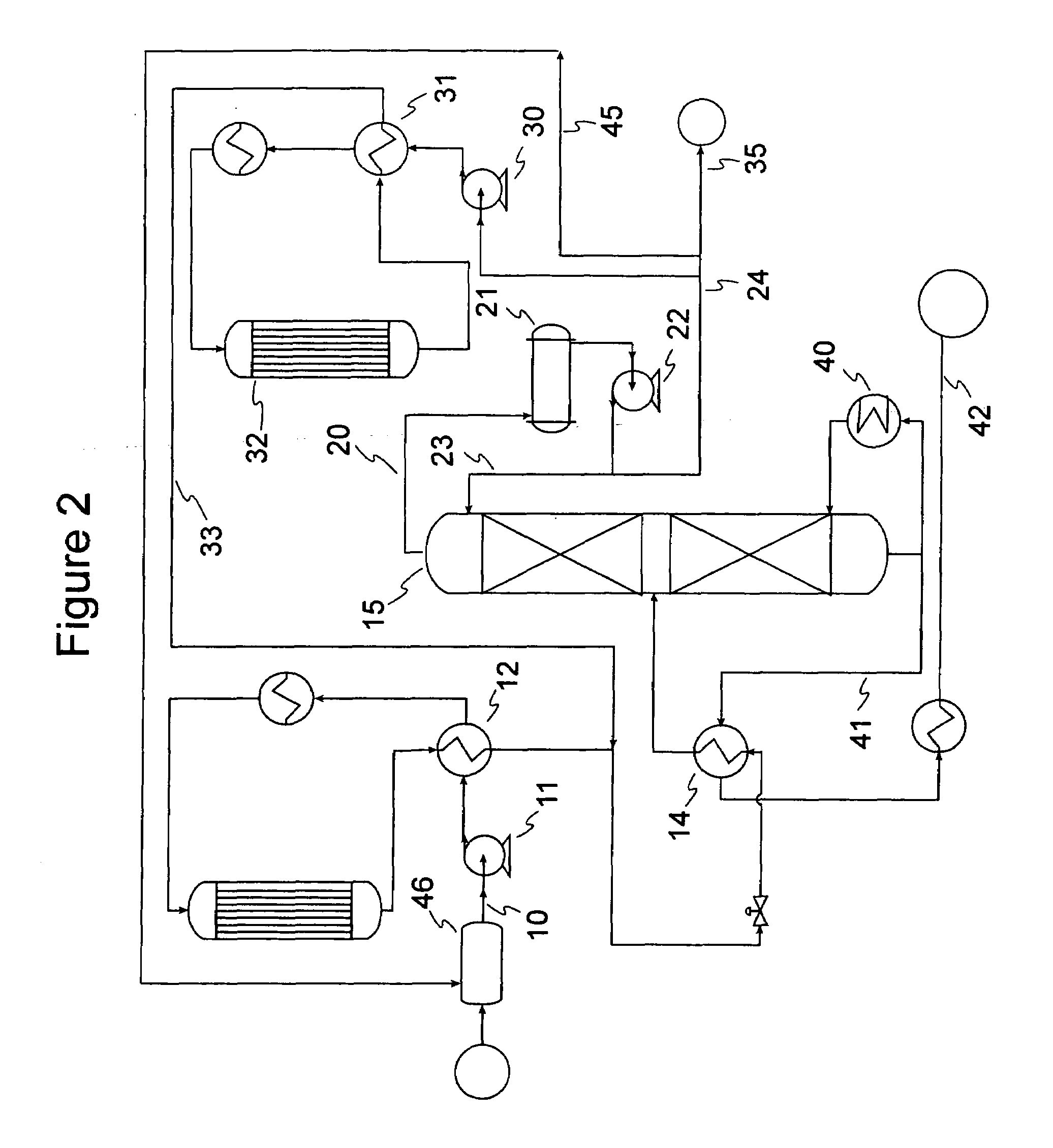Gasoline production by olefin polymerization
a technology of olefin and polymerization, which is applied in the direction of hydrocarbon oil treatment products, physical/chemical process catalysts, organic chemistry, etc., can solve the problems of increasing the pressure drop across the reactor, reducing the activity of the refinery, and not being able to divert petroleum fuels and lubricants to petrochemical uses, etc., to achieve excellent yield, high yield, and excellent yield
- Summary
- Abstract
- Description
- Claims
- Application Information
AI Technical Summary
Benefits of technology
Problems solved by technology
Method used
Image
Examples
example 1
[0061]Samples of 80 / 20 MCM-49 on alumina zeolite quadrolobe catalyst were used for this study. Two cc of the fresh MCM-49 catalyst was loaded into a laboratory scale reactor (1 cm i.d., 15 cm long) with 6 cc of silica carbide diluent using a downflow configuration. The zeolite catalyst was dried at 260° C. (500° F.) for 5 hrs with 2 litres / hr of completely dry N2 flowing through the reactor. After drying of the catalyst was complete, a LPG gas mixture was introduced at 24° C. (75° F.), 5.4 LHSV, 1035 kPag (150 psig). The LPG gas mixture composition consisted of approximately 12.37 vol % 1-butene, 14.07 vol % Isobutylene, and 73.56 vol % n-butane. Product composition was determined by injection into a 150 m column online GC; samples were analyzed about every 2.5 hours. As the catalyst aged with approximately 6 days on stream, 100% isobutylene conversion and approximately 0.6% 1-butene conversion was observed. The product also showed about 6.6 wt % C8s and about 5.3 wt % C9+. Over the...
PUM
| Property | Measurement | Unit |
|---|---|---|
| pressure | aaaaa | aaaaa |
| temperature | aaaaa | aaaaa |
| pressure | aaaaa | aaaaa |
Abstract
Description
Claims
Application Information
 Login to View More
Login to View More - R&D
- Intellectual Property
- Life Sciences
- Materials
- Tech Scout
- Unparalleled Data Quality
- Higher Quality Content
- 60% Fewer Hallucinations
Browse by: Latest US Patents, China's latest patents, Technical Efficacy Thesaurus, Application Domain, Technology Topic, Popular Technical Reports.
© 2025 PatSnap. All rights reserved.Legal|Privacy policy|Modern Slavery Act Transparency Statement|Sitemap|About US| Contact US: help@patsnap.com



